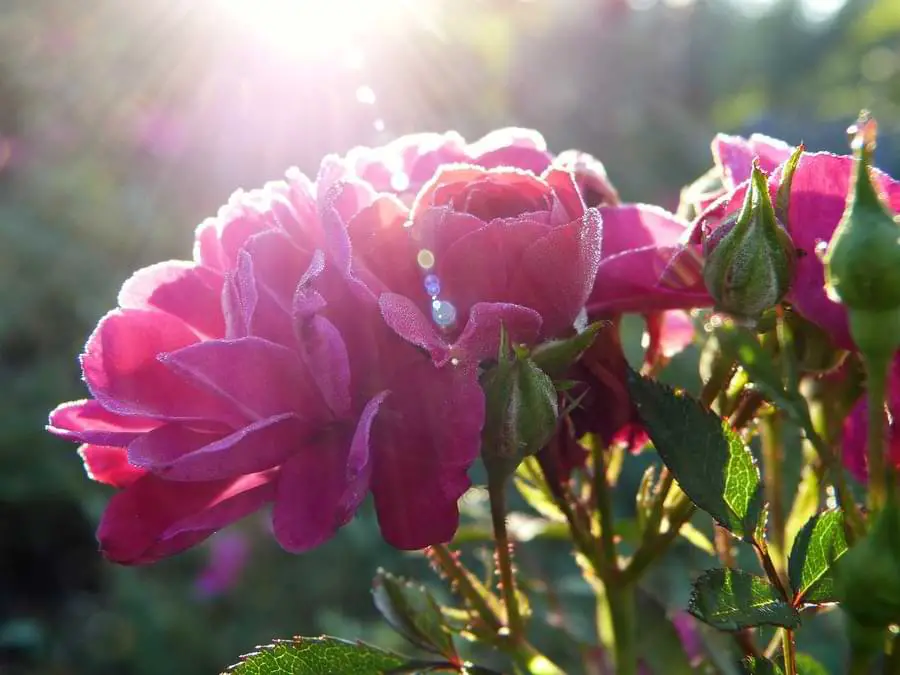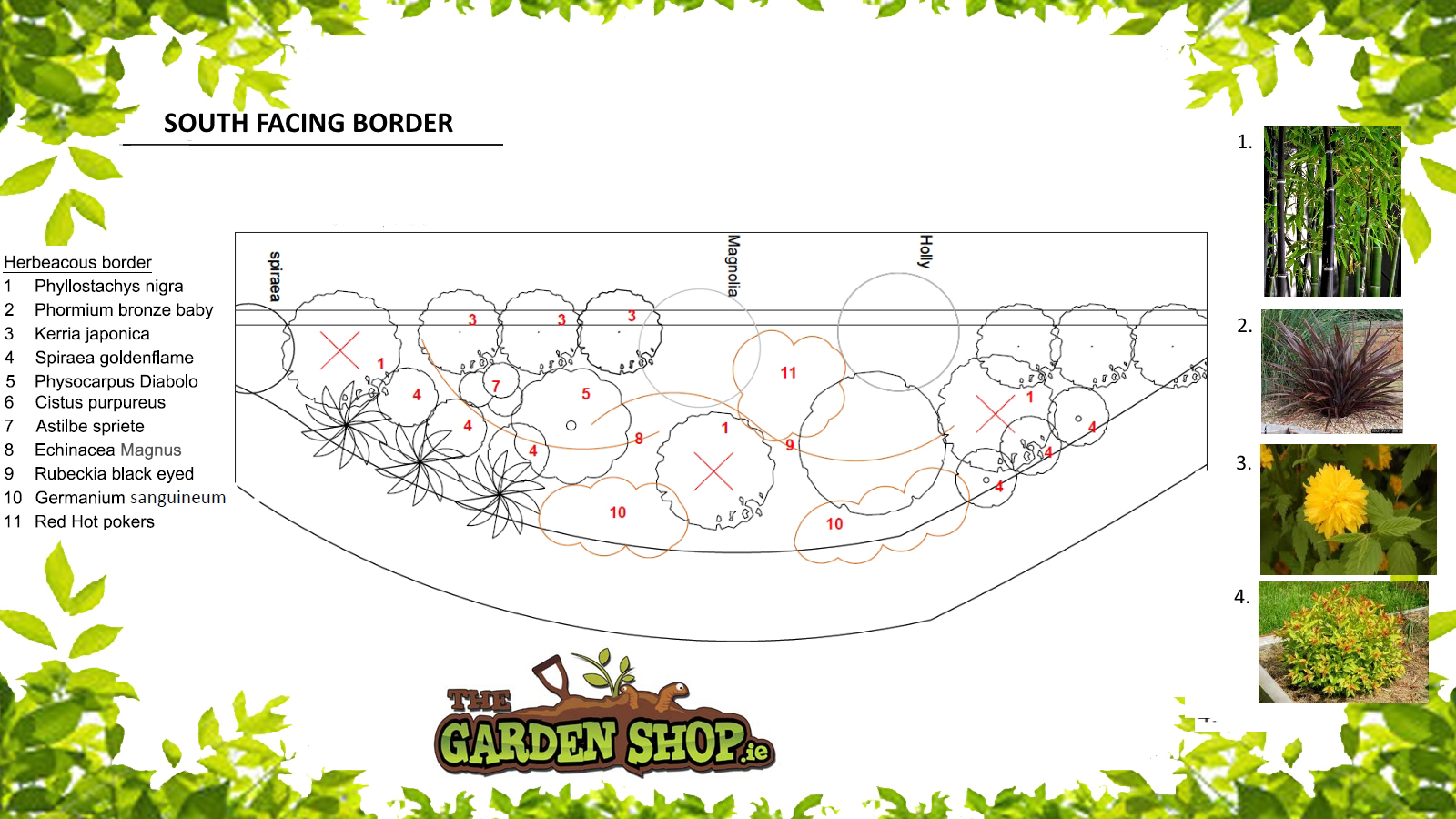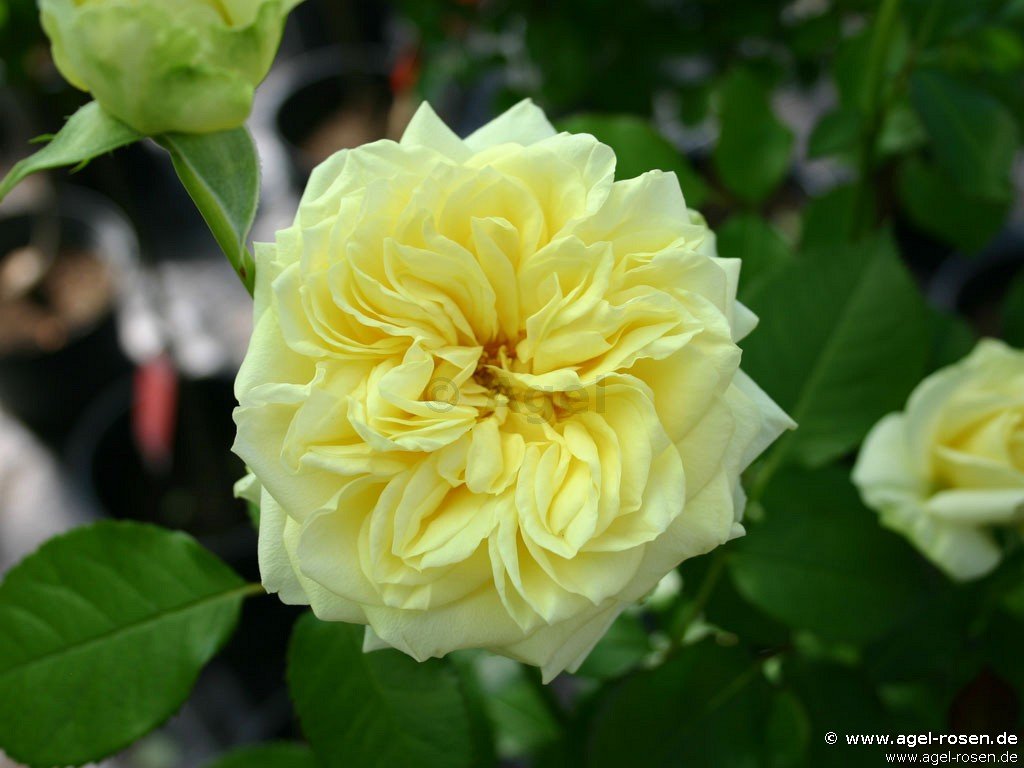Understanding the Sunlight Needs of Roses
Roses, like most plants, require sunlight to undergo photosynthesis, the process by which they convert light energy into chemical energy. Sunlight plays a crucial role in the growth and development of roses, and its importance cannot be overstated. However, the question remains: should roses be in direct sunlight? The answer is not a simple yes or no. While roses need sunlight to thrive, too much direct sunlight can be detrimental to their health.
In general, roses require at least six hours of direct sunlight per day to produce plenty of blooms and maintain healthy growth. However, the amount of sunlight required can vary depending on the type of rose, climate, and soil conditions. For example, hybrid tea and grandiflora roses tend to require more sunlight than floribunda and shrub roses. In hot and sunny climates, roses may require some afternoon shade to prevent scorching and heat stress.
Too little sunlight, on the other hand, can lead to weak and spindly growth, as well as reduced blooming. Roses that receive insufficient sunlight may become leggy and prone to disease, as they are more susceptible to fungal infections and pests. In such cases, providing supplemental lighting, such as grow lights, can help promote healthy growth and blooming.
It’s also worth noting that the intensity of sunlight can vary depending on the time of day and season. In the summer months, the sun’s rays are more intense, and roses may require more protection from the heat. In the spring and fall, the sun’s rays are less intense, and roses may require more sunlight to promote growth and blooming.
Ultimately, the key to determining the right amount of sunlight for your roses is to observe their response to different light conditions. If your roses are receiving too much direct sunlight, they may exhibit signs of stress, such as scorched leaves or wilted blooms. On the other hand, if they are receiving too little sunlight, they may become leggy and prone to disease.
By understanding the sunlight needs of your roses and providing them with the right amount of light, you can promote healthy growth, blooming, and overall well-being. Whether you’re growing roses in a sunny garden or a shaded courtyard, the right amount of sunlight can make all the difference in their success.
How to Determine the Right Amount of Sunlight for Your Roses
Determining the right amount of sunlight for your roses can be a challenge, especially if you’re new to rose gardening. However, with a few simple tools and some basic knowledge, you can ensure that your roses receive the perfect amount of sunlight to thrive. So, should roses be in direct sunlight? The answer depends on several factors, including the type of rose, climate, and soil type.
One of the most important factors to consider when determining the right amount of sunlight for your roses is the type of rose. Different rose varieties have different sunlight requirements, so it’s essential to research the specific needs of your roses. For example, hybrid tea and grandiflora roses tend to require more sunlight than floribunda and shrub roses.
Climate is another crucial factor to consider when determining the right amount of sunlight for your roses. In hot and sunny climates, roses may require more shade to prevent scorching and heat stress. In cooler and cloudier climates, roses may require more sunlight to promote growth and blooming.
Soil type is also an essential factor to consider when determining the right amount of sunlight for your roses. Roses growing in well-draining soil may require more sunlight than those growing in heavy clay soil.
To determine the amount of direct sunlight your roses are receiving, you can use a sunlight meter or a compass. A sunlight meter measures the amount of sunlight that falls on a particular area, while a compass can help you determine the direction of the sun and the amount of shade your roses receive.
Another way to determine the right amount of sunlight for your roses is to observe their response to different light conditions. If your roses are receiving too much direct sunlight, they may exhibit signs of stress, such as scorched leaves or wilted blooms. On the other hand, if they are receiving too little sunlight, they may become leggy and prone to disease.
By considering these factors and using the right tools, you can determine the perfect amount of sunlight for your roses and ensure that they thrive. Remember, the key to successful rose care is to provide the right amount of sunlight, water, and nutrients to promote healthy growth and blooming.
The Risks of Direct Sunlight: Heat Stress and Sun Scorch
While sunlight is essential for rose growth and blooming, too much direct sunlight can be detrimental to their health. Heat stress and sun scorch are two common problems that can occur when roses are exposed to intense sunlight for extended periods. So, should roses be in direct sunlight? The answer is not a simple yes or no, as it depends on various factors, including the type of rose, climate, and soil type.
Heat stress occurs when roses are exposed to high temperatures, usually above 85°F (30°C), for an extended period. This can cause the leaves to become scorched, wilted, and discolored, leading to a decline in plant growth and blooming. Sun scorch, on the other hand, is a more severe condition that occurs when the leaves are exposed to intense sunlight, causing them to become crispy and brown.
To prevent heat stress and sun scorch, it’s essential to provide your roses with some shade, especially during the hottest part of the day. This can be achieved by using shade cloth, umbrellas, or other forms of shade. You can also plant your roses in a location that receives morning sun and afternoon shade, which can help to reduce the risk of heat stress and sun scorch.
In addition to providing shade, there are other ways to prevent heat stress and sun scorch. For example, you can use mulch to retain moisture in the soil and regulate soil temperature. You can also water your roses deeply but infrequently to encourage deep root growth and make them more resistant to heat stress.
It’s also important to choose rose varieties that are tolerant of heat and sunlight. Some rose varieties, such as hybrid teas and grandifloras, are more susceptible to heat stress and sun scorch than others. By choosing rose varieties that are bred to thrive in full sun, you can reduce the risk of heat stress and sun scorch.
Finally, it’s essential to monitor your roses regularly for signs of heat stress and sun scorch. If you notice that your roses are showing signs of stress, such as wilted leaves or discolored flowers, you can take action to prevent further damage. By providing your roses with the right amount of sunlight and taking steps to prevent heat stress and sun scorch, you can ensure that they thrive and produce plenty of blooms.
Creating a Sun-Friendly Environment for Your Roses
Creating a sun-friendly environment for your roses is crucial to ensure they receive the right amount of sunlight to thrive. While roses need sunlight to undergo photosynthesis and produce blooms, too much direct sunlight can cause stress and damage. So, should roses be in direct sunlight? The answer is not a simple yes or no, as it depends on various factors, including the type of rose, climate, and soil type.
To create a sun-friendly environment for your roses, start by preparing the soil. Roses prefer well-draining soil that is rich in organic matter. Add compost or well-rotted manure to the soil to improve its structure and fertility. This will help your roses to absorb the right amount of sunlight and water.
Watering is also crucial when it comes to creating a sun-friendly environment for your roses. Roses need consistent moisture, especially during hot and sunny weather. However, overwatering can be detrimental to their health. Water your roses deeply but infrequently to encourage deep root growth and make them more resistant to drought.
Fertilization is another important aspect of creating a sun-friendly environment for your roses. Feed your roses with a balanced fertilizer during the growing season to promote healthy growth and blooming. Avoid overfertilizing, as this can cause more harm than good.
Mulch is another essential element in creating a sun-friendly environment for your roses. Mulch helps to retain moisture in the soil, regulate soil temperature, and suppress weeds. Use a thick layer of organic mulch, such as wood chips or bark, around the base of your roses to keep the soil cool and moist.
Groundcovers are also useful in creating a sun-friendly environment for your roses. Groundcovers, such as creeping thyme or vinca minor, help to retain moisture in the soil and regulate soil temperature. They also provide a beautiful, lush carpet around the base of your roses.
By creating a sun-friendly environment for your roses, you can ensure they receive the right amount of sunlight to thrive. Remember to monitor your roses regularly and adjust their care routine as needed to ensure they receive the optimal amount of sunlight.
East-, West-, and South-Facing Gardens: How to Make the Most of Your Sunlight
When it comes to growing roses, the direction of your garden can play a significant role in determining the amount of sunlight your plants receive. East-, west-, and south-facing gardens each have their unique characteristics, and understanding these can help you make the most of your sunlight. So, should roses be in direct sunlight? The answer depends on the direction of your garden and the type of roses you are growing.
East-facing gardens receive gentle morning sunlight, which is ideal for roses that prefer partial shade. These gardens are perfect for growing rose varieties that are sensitive to intense sunlight, such as English roses and climbing roses. To make the most of your sunlight in an east-facing garden, use trellises or arbors to provide support for your roses and maximize their exposure to morning sunlight.
West-facing gardens receive intense afternoon sunlight, which can be challenging for roses that prefer partial shade. However, this direction is ideal for growing rose varieties that thrive in full sun, such as hybrid teas and grandifloras. To make the most of your sunlight in a west-facing garden, use shade cloth or provide afternoon shade to protect your roses from intense sunlight.
South-facing gardens receive direct sunlight throughout the day, making them ideal for growing rose varieties that thrive in full sun. However, this direction can also be challenging for roses that prefer partial shade. To make the most of your sunlight in a south-facing garden, use trellises or arbors to provide support for your roses and maximize their exposure to sunlight.
Regardless of the direction of your garden, it’s essential to monitor your roses regularly and adjust their care routine as needed to ensure they receive the optimal amount of sunlight. By understanding the unique characteristics of your garden and the needs of your roses, you can create a sun-friendly environment that promotes healthy growth and blooming.
In addition to using trellises and arbors, you can also use other supports to maximize sunlight exposure in your garden. For example, you can use rose pillars or obelisks to provide support for your roses and add a decorative element to your garden. By using these supports, you can create a sun-friendly environment that promotes healthy growth and blooming.
Rose Varieties that Thrive in Full Sun
While some rose varieties prefer partial shade, others thrive in full sun. Hybrid teas, floribundas, and grandifloras are just a few examples of rose varieties that can tolerate high sunlight conditions. These varieties have adapted to full sun by developing thicker leaves and stems, which help to protect them from intense sunlight.
Hybrid teas are one of the most popular rose varieties, and they thrive in full sun. They have large, repeat-flowering blooms that come in a variety of colors, including pink, yellow, red, and white. To care for hybrid teas in full sun, make sure to provide them with well-draining soil and regular watering.
Floribundas are another rose variety that thrives in full sun. They have clusters of blooms that come in a variety of colors, including pink, yellow, red, and white. Floribundas are relatively low-maintenance and can tolerate high sunlight conditions, making them a great choice for gardens that receive full sun.
Grandifloras are a type of rose that produces large, showy blooms. They thrive in full sun and can tolerate high temperatures, making them a great choice for gardens in warm climates. To care for grandifloras in full sun, make sure to provide them with well-draining soil and regular watering.
When growing rose varieties that thrive in full sun, it’s essential to provide them with the right care. Make sure to plant them in well-draining soil and provide regular watering. It’s also important to fertilize them regularly to promote healthy growth and blooming.
In addition to providing the right care, it’s also important to monitor your roses regularly for signs of stress or damage. If you notice that your roses are showing signs of stress, such as wilted leaves or discolored blooms, make adjustments to their care routine as needed.
By choosing rose varieties that thrive in full sun and providing them with the right care, you can create a beautiful and thriving rose garden. Remember to monitor your roses regularly and make adjustments to their care routine as needed to ensure they receive the optimal amount of sunlight.
Providing Afternoon Shade for Your Roses
While roses need sunlight to thrive, too much direct sunlight can be detrimental to their health. Providing afternoon shade for your roses is essential, especially in hot and sunny climates. So, should roses be in direct sunlight? The answer is not a simple yes or no, as it depends on various factors, including the type of rose, climate, and soil type.
Afternoon shade can be provided using various methods, including shade cloth, umbrellas, or other forms of shade. Shade cloth is a popular option, as it allows for airflow and can be easily installed over rose beds or individual plants. Umbrellas or canopies can also be used to provide shade, especially for potted roses or roses grown in containers.
When providing afternoon shade for your roses, it’s essential to consider the type of rose and its sunlight requirements. Some rose varieties, such as hybrid teas and grandifloras, can tolerate full sun, while others, such as floribundas and shrub roses, prefer partial shade.
In addition to providing afternoon shade, it’s also important to monitor your roses regularly for signs of stress or damage. If you notice that your roses are showing signs of stress, such as wilted leaves or discolored blooms, make adjustments to their care routine as needed.
Providing afternoon shade for your roses can also help to prevent heat stress and sun scorch. These conditions can damage rose leaves and flowers, and can be prevented by providing shade during the hottest part of the day.
By providing afternoon shade for your roses, you can create a healthy and thriving rose garden. Remember to monitor your roses regularly and make adjustments to their care routine as needed to ensure they receive the optimal amount of sunlight.
Monitoring and Adjusting: The Key to Successful Rose Care
Monitoring and adjusting your rose care routine is crucial to ensure optimal sunlight exposure for your roses. By keeping an eye out for signs of stress or damage, you can make adjustments as needed to ensure the health and well-being of your roses. So, should roses be in direct sunlight? The answer depends on various factors, including the type of rose, climate, and soil type.
Regular monitoring of your roses will help you identify any potential issues before they become major problems. Check your roses regularly for signs of stress or damage, such as wilted leaves, discolored blooms, or black spots on the leaves. If you notice any of these signs, make adjustments to your rose care routine as needed.
Adjusting your rose care routine may involve providing more or less sunlight, depending on the needs of your roses. If your roses are receiving too much direct sunlight, provide afternoon shade using shade cloth, umbrellas, or other forms of shade. If your roses are not receiving enough sunlight, consider moving them to a sunnier location or using grow lights to supplement natural sunlight.
In addition to monitoring and adjusting your rose care routine, it’s also important to keep records of your rose care activities. This will help you track the progress of your roses and make informed decisions about their care. Keep a journal or spreadsheet to record your rose care activities, including watering, fertilizing, and pruning.
By monitoring and adjusting your rose care routine, you can ensure that your roses receive the optimal amount of sunlight to thrive. Remember to keep an eye out for signs of stress or damage and make adjustments as needed to ensure the health and well-being of your roses.
Successful rose care requires a combination of knowledge, experience, and attention to detail. By following the tips and guidelines outlined in this article, you can create a sun-friendly environment for your roses and enjoy beautiful, thriving blooms all season long.








